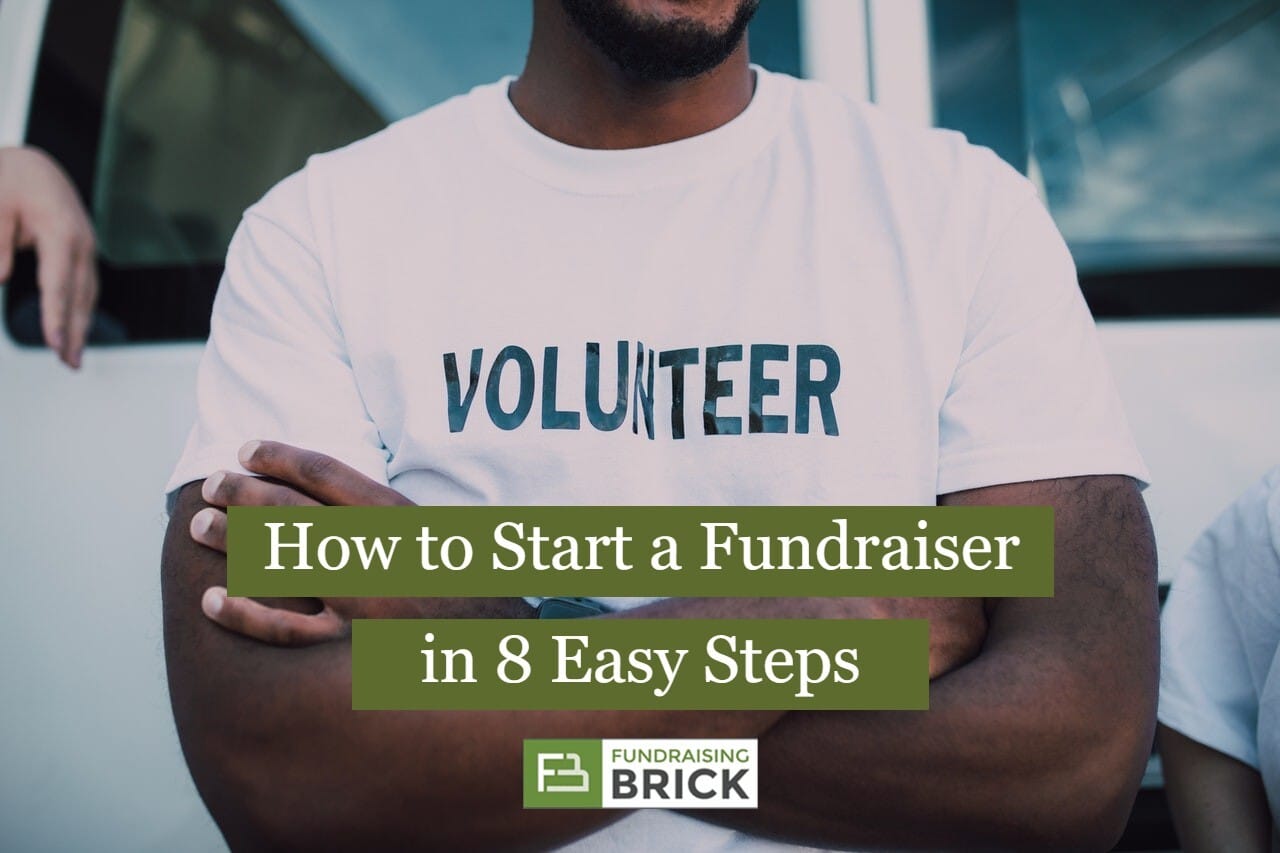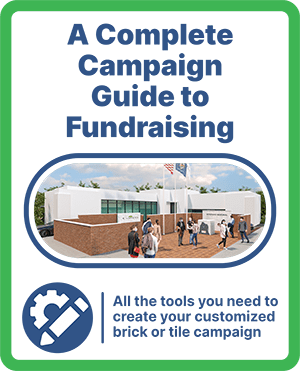
How to Start a Fundraiser in 8 Easy Steps
You’re full of passion and want to help your local nonprofit. One of the best ways to ensure your nonprofit organization is running strong for years to come is to ensure it has enough money to keep operating and expanding. But how do you raise funds for a nonprofit if you’ve never done it before?
Actually starting a fundraising event is easy enough once you know what the process behind it is. Keep reading to learn more about how to start a fundraiser that will exceed your goals.
Start a Successful Fundraiser in 8 Steps
The following are simple steps that are part of a successful fundraising strategy.
1. Set Fundraising Goals
What do you want to come of this fundraising event?
If the goal is raising money, set a reasonable monetary goal. You can set these goals by asking your organization what similar events have raised in the past, or you can browse online to see what the financial goals are for organizations of similar size to your own nonprofit.
If the goal is donation of resources, ask yourself the following questions to determine what the donation goal is:
- How are the goods being donated?
- How are they being transported?
- How are donations being stored?
- How are donations being distributed to those in need?
- Who will be distributing the goods?
These questions will help you determine how many donations you can reasonably accept and manage.
You can also set secondary goals for your events, like raising awareness for your cause or gaining new organization members.
2. Determine the Fundraising Method
What type of fundraiser are you hosting? A car wash? A brick fundraiser? A bake sale? A raffle? A silent auction? An exclusively online fundraising campaign? The possibilities are endless. Your task is to determine what type of fundraiser would be best for your goals.
If money collection is the name of the game and you have a small budget, a low-cost event like a community bake sale or car wash is an easy yet effective fundraiser for first-time fundraiser hosts.
3. Select a Venue
If your event isn’t wholly online, you will need to have a physical place where you can actually host your fundraiser. If your nonprofit organization has its own brick-and-mortar headquarters, see if you can use that location. Check with the organization’s calendar to see what dates the venue is open.
If your organization doesn’t have a space suitable for hosting your event, check local venues that fit your budget. Be sure to reserve the venue as soon as possible, so that you can get the place reserved for the exact time and date you want.
4. Establish Donation Channels
How will you collect donations?
Online software and crowdfunding sites like PayPal and GoFundMe make charitable donations online easier than ever. As the event host, however, be aware that many of these fundraising platforms have hidden costs. For example, many come with a platform fee and potentially processing fees for either your organization or donors.
If the event is online or you are processing donations online, make sure that you use an encrypted software or service. Otherwise you run a greater risk of compromising donors’ sensitive financial information like credit card numbers or bank account information.
If the event will be held in person, ask yourself who will be collecting the money and know how they will ensure that the money is secure.
5. Raise Awareness
You can have the best fundraising idea but it won’t produce results if potential donors don’t know about it. That is why you have to make sure the word gets out about the event.
To get started, you’ll first need to decide who your target audience is, then determine what promotional methods you can use (that fit within your budget) to reach them. For many people, partnering with a local business or sports team can help get the word out about any potential fundraising activity. For others, using Facebook or other online social networks is an increasingly popular way to reach potential donors.
Not sure how to best promote the event online? We here at Fundraising Brick can help. When you partner with us to host a brick fundraiser, we provide you with access to tons of complementary resources to help your event run smoothly. These resources include Facebook whiteboard video templates.
These templates help you create whiteboard videos that you can post to Facebook to help promote your event. Whiteboard videos are educational videos that explain to viewers how the fundraising brick process works. Posting fun videos like these to your organization’s social media channels can dramatically increase interest in your event!
6. Host the Event
After you’ve nailed down the details and finished all pre-event planning, it’s time to relax until you host the actual event.
As you host the event, be sure that you are keeping track of the amount of money or goods you are collecting; you can even periodically post to your site and socials how close you are to meeting your donation goals.
7. Determine Event Success
When all is said and done, it’s time to take a step back and evaluate your fundraising efforts. It’s easy enough to see if you met your primary event goal. But don’t stop there–be sure to evaluate why your event was successful or fell short of its goals. What can you do in the future to improve outcomes?
8. Follow Up with Donors
It’s important to keep your event’s momentum going even after the event itself is over. Previous donors are your greatest potential source of future donors! Keep in touch with your donors, either through a mailing list or by sending them thank-you notes.




